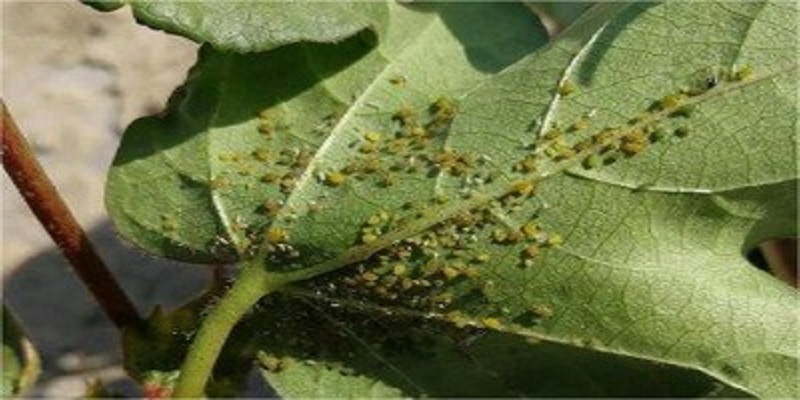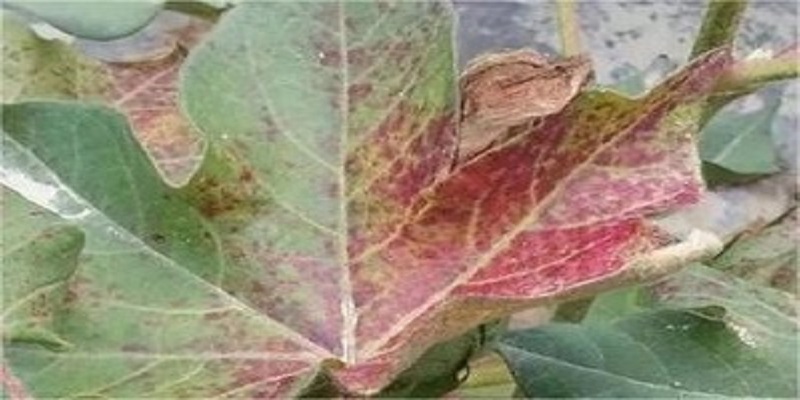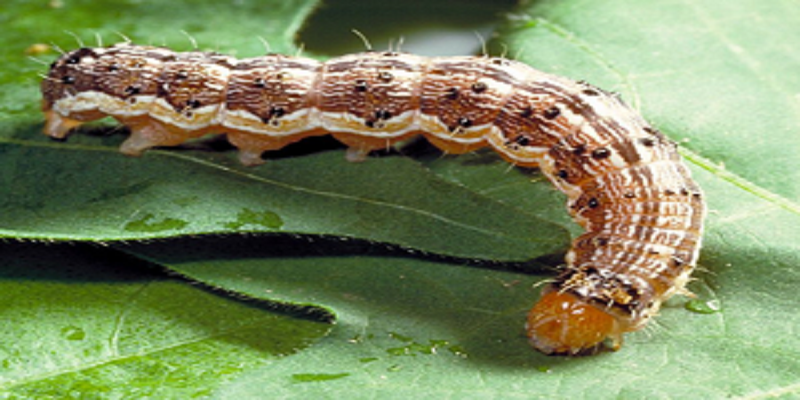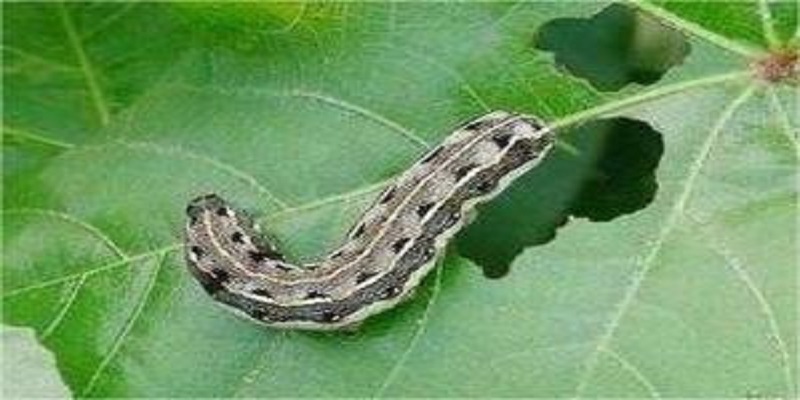Cotton Aphid
Symptoms of harm:
Cotton aphids pierce the back of cotton leaves or tender heads with a thrusting mouthpiece to suck on the juice. Affected during the seedling stage, cotton leaves curl and the flowering and boll setting period are delayed, resulting in late ripening and reduced yield; Affected during the adult stage, the upper leaves curl up, the middle leaves appear oily, and the lower leaves wither and fall off; Damaged buds and bolls can easily fall off, affecting the development of cotton plants; Some cause fallen leaves and reduce production.
Chemical prevention and control:
10% imidacloprid 20-30g per mu, or 30% imidacloprid 10-15g, or 70% imidacloprid 4-6 g per mu, evenly spray, the control effect reaches 90%, and the duration is more than 15 days.
Two-Spotted Spider Mite
Symptoms of harm:
two-spotted spider mites, also known as fire dragons or fire spiders, are rampant in drought years and mainly feed on the juice on the back of cotton leaves; It can occur from the seedling stage to the mature stage, with groups of mites and adult mites gathering on the back of the leaves to absorb juice. The damaged cotton leaves begin to show yellow and white spots, and when the damage worsens, red patches appear on the leaves until the entire leaf turns brown and withers and falls off.
Chemical prevention and control:
In hot and dry seasons, 15% pyridaben 1000 to 1500 times, 20% pyridaben 1500 to 2000 times, 10.2% avid pyridaben 1500 to 2000 times, and 1.8% avid 2000 to 3000 times shall be used in a timely manner to evenly spray, and attention shall be paid to the uniform spray on the leaf surface and back to ensure the efficacy and control effect.
Bollworm
Symptoms of harm:
It belongs to the order Lepidoptera and the family Noctidae. It is the main pest during the cotton bud and boll stage. The larvae harm the tender tips, buds, flowers, and green bolls of cotton, and can bite the top of short tender stems, forming headless cotton.After the young bud is damaged, the bracts turn yellow and open, and fall off after two or three days. Larvae prefer to eat pollen and stigma. After being damaged, green bolls can form rotten or stiff spots, seriously affecting cotton yield and quality.
Chemical prevention and control:
Insect resistant cotton has a good control effect on the second generation cotton bollworm, and generally does not require control. The control effect on the third and fourth generation cotton bollworm is weakened, and timely control is necessary.The medicament can be 35% propafenone • phoxim 1000-1500 times, 52.25% chlorpyrifos • chlorpyrifos 1000-1500 times, and 20% chlorpyrifos • chlorpyrifos 1000-1500 times.
Spodoptera litura
Symptoms of harm:
The newly hatched larvae gather together and feed on the mesophyll, leaving behind the upper epidermis or veins, forming a sieve like network of flowers and leaves. They then disperse and damage the leaves and buds and bolls, seriously consuming the leaves and damaging the buds and bolls, causing them to rot or fall off.When harming cotton bolls, there are 1-3 boreholes at the base of the boll, with irregular and large pore sizes, and large insect feces piled up outside the holes.
Chemical prevention and control:
Medication must be administered during the early stages of larvae and extinguished before the period of overeating. Since the larvae do not come out during the day, spraying should be carried out in the evening.The medicament shall be 35% probromine • phoxim 1000-1500 times, 52.25% chlorpyrifos • cyanogen chloride 1000-1500 times, 20% chlorbell • chlorpyrifos 1000-1500 times, and evenly sprayed.
Post time: Sep-18-2023







